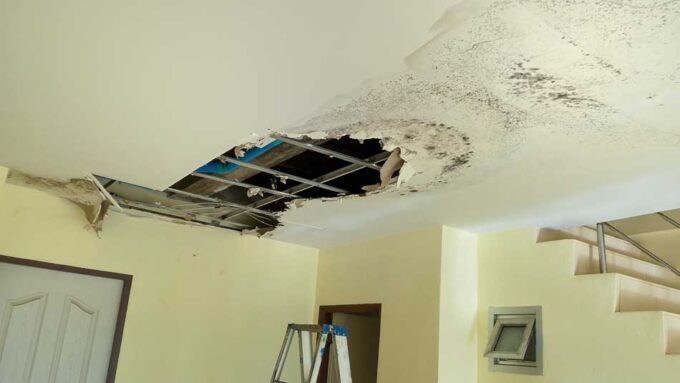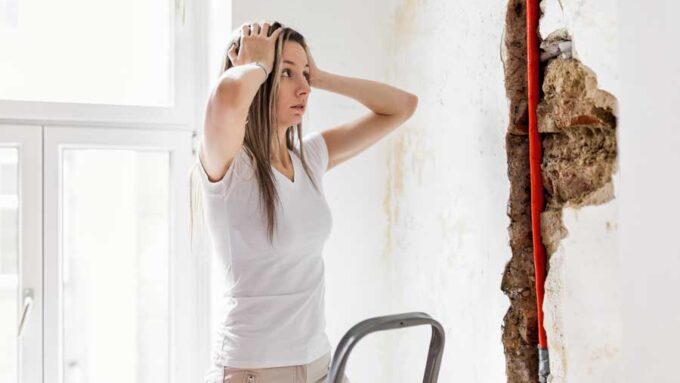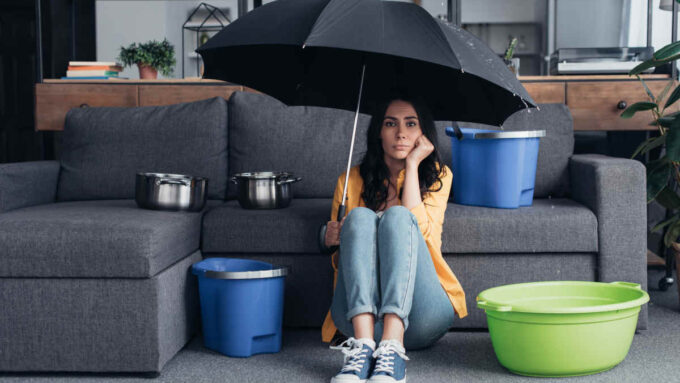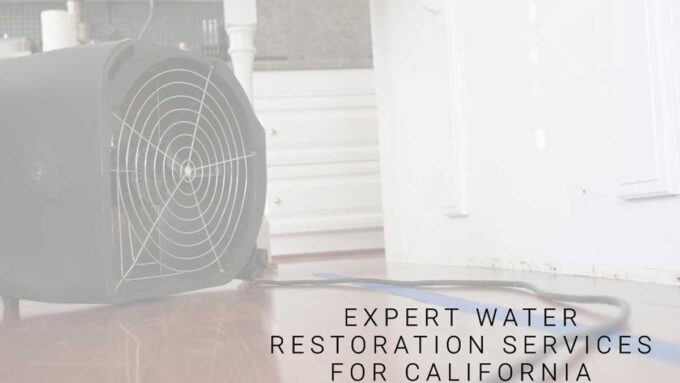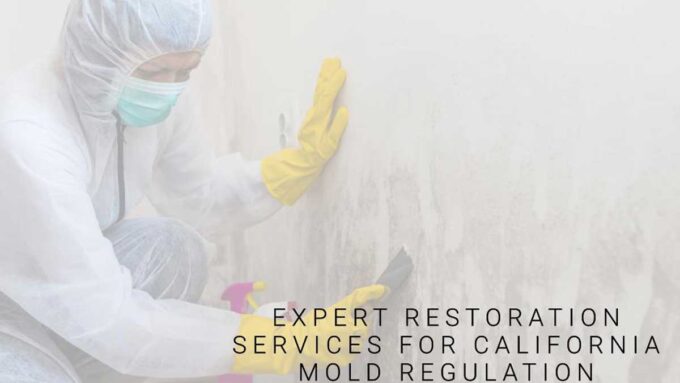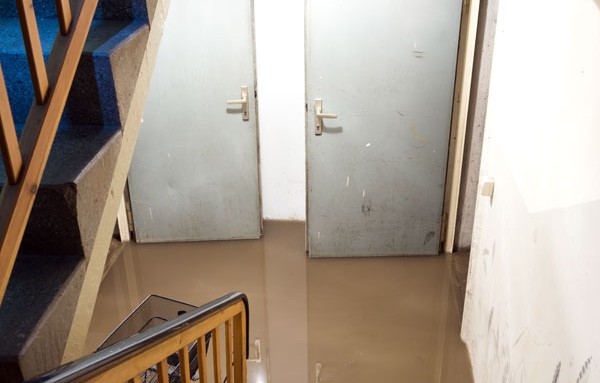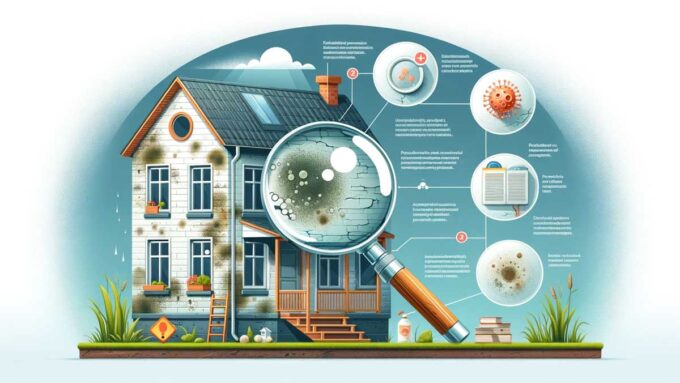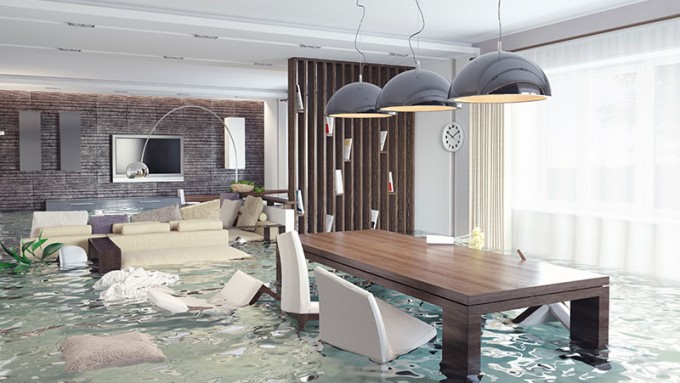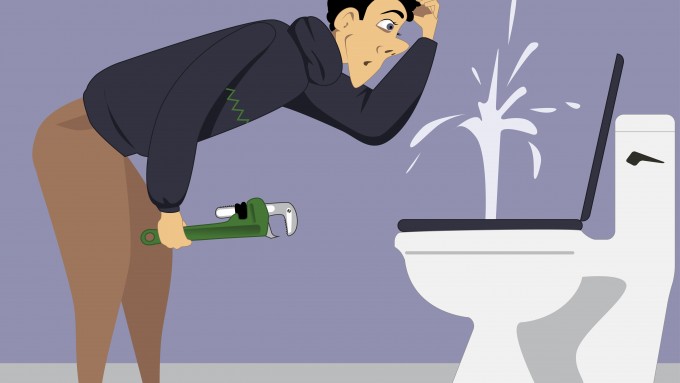If you have experienced sewer or water damage to your home, you may think that once the cleanup is complete, you’re done.
However, in some cases that’s only about half of the process. The final step is to restore your home to its pristine condition prior to the damage.
Here is what to expect.
Assessing the Damage
Your part in the process is to act quickly. The longer you wait, the more time there is for further damage, potential structural damage and the longer the cleanup and restoration process will take.
Aside from the structural impact on your home, prolonging sewer or water damage cleanup leaves conditions right for mold, mildew and bacteria to form, leading to airborne pathogens that result in potential illness and respiratory distress.
Depending upon the amount of water left behind, standing water (especially due to sewer backups) should be turned over to a professional to properly remove, dry and sanitize every inch of the damaged space.
Water doesn’t just pool on the floor, it seeps into drywall, wood, insulation, carpeting, flooring, stored personal items and porous surfaces. It’s this that causes more extensive damage.
The level of water damage determines the cleanup and restoration plan.
At the assessment stage, water damage is rated from Category 1 to 3. Category 1 is minor damage, while Category 3 is severe and earmarked by saturated flooring, carpet and drywall, and evidence of contaminated water filled with dangerous bacteria and pathogens.
After inspection, most likely done on an emergency basis due to the urgency of water removal, damage is assessed, and a cleanup and restoration plan is discussed and put into action as soon as possible.
After the water is removed, the space is dried completely, cleaning and sanitizing have been completed, the final step, or restoration work begins.
The Restoration Process
When the restoration work begins, you know you are in the final stretch and typically within a few days, you’ll be able to enjoy your space once again.
Depending on the extent of damage, restoration can range from relatively minor repairs to a more extensive, involved project.
If the damage was rated a Category 3, the restoration process involves replacing any and all materials that were damaged from the water.
This includes replacement of drywall, flooring, sub-flooring and restoration of any other damaged structures such as built-in cabinets, a kitchen, bar, and any other structural damage.
Conclusion
While a small amount of water is something you can probably manage yourself, it’s the burst pipes, broken water heaters, floods or sewer back-ups that call for the professionals.
At RCS, we’re here for you in an emergency or to answer any of your questions. Let our highly skilled professionals in Santa Rosa, CA handle the entire sewer/water damage restoration process for you.

